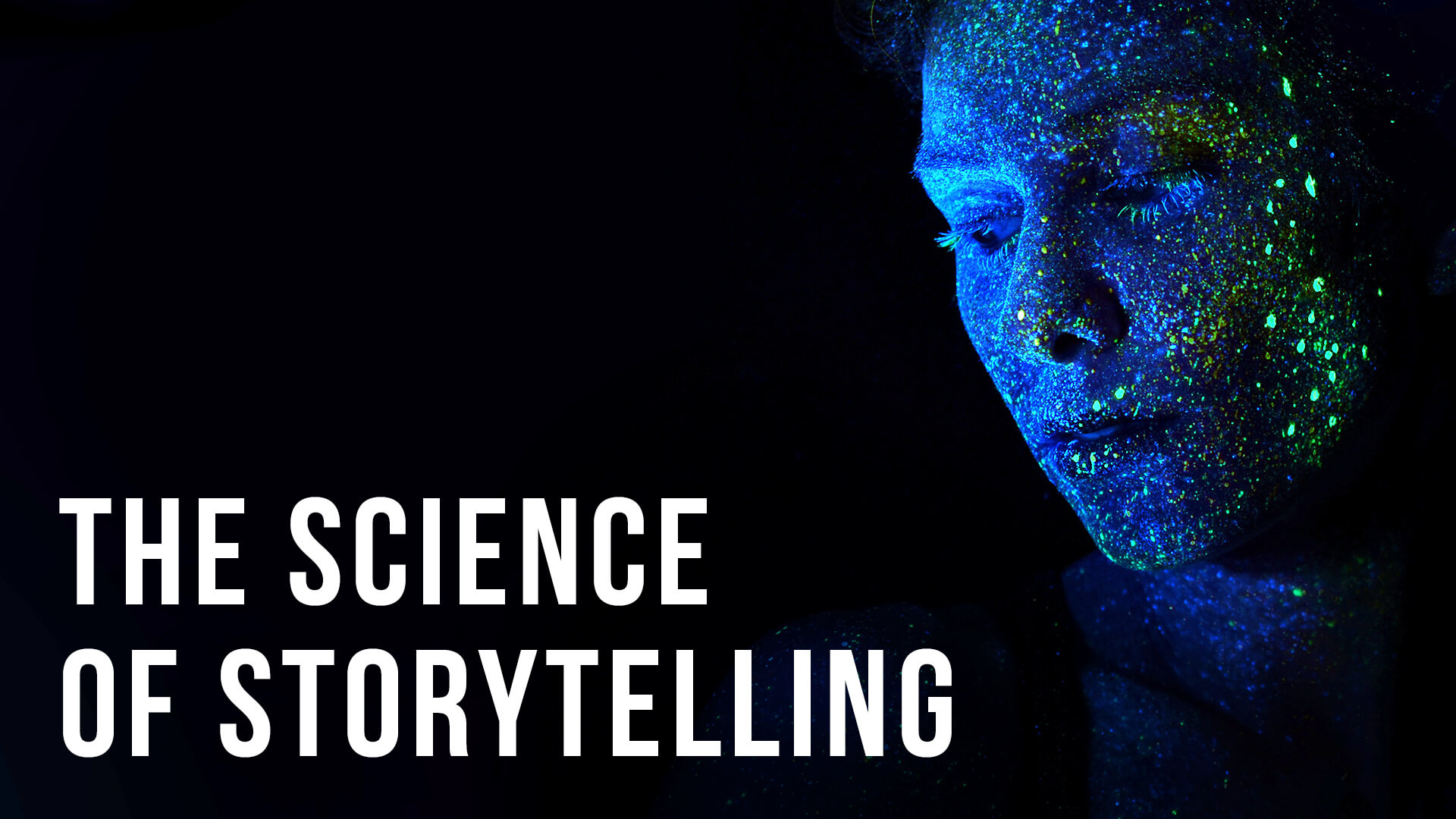
Intro post:
The Science of Storytelling: How Narratives Cut Through the Noise in Advertising
We’re living in an age where the average human attention span has dropped to just 8.25 seconds—shorter than that of a goldfish. In a world flooded with over 10,000 brand messages a day, it’s no longer enough for brands to simply “say” something. They need to mean something. This is where storytelling steps in—not as fluff, but as a strategic force.
Good storytelling in advertising doesn’t just sell a product. It evokes emotion, creates connection, and sparks action. According to a Nielsen study, ads with emotional content perform twice as well as those with only rational content. And Harvard research shows that 95% of purchase decisions are subconscious, driven by emotion rather than logic. That’s storytelling territory.
Take Nike. They don’t sell shoes—they sell grit, ambition, and the fire to “Just Do It.” Or consider Google’s “Reunion” ad, where childhood friends separated by Partition are brought together through a search. You didn’t just remember the brand. You felt it.
Even in B2B, stories win. Think of IBM’s campaign showing how Watson helps farmers detect crop disease. It’s not about code—it’s about livelihoods.
Why does this work? Because stories are wired into our biology. Neuroscience proves that storytelling triggers the release of oxytocin, the “trust hormone,” making us more empathetic and receptive. A well-told story activates not just the language centers in our brain, but also areas responsible for sensory, emotional, and motor responses—making the message memorable.
But here’s the catch: everyone’s trying to tell stories now. The difference lies in how you tell them.
At Dreamzlab, storytelling isn’t an add-on—it’s the blueprint. We decode audience psychology, blend data with emotion, and craft narratives that don’t just catch attention but hold it. Whether it’s a 6-second reel or a 60-day campaign, we know how to weave brand purpose into stories that move people—and move metrics.






